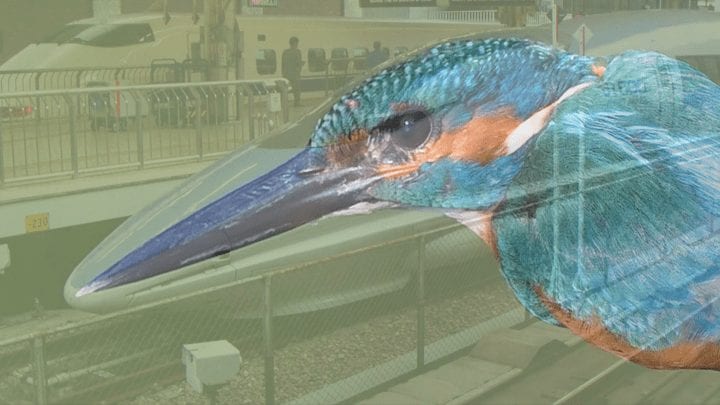This article describes a 5-lesson biomimicry engineering project for middle school students. Provided with NGSS alignments (MS-ETS1-1 and MS-LS4-6).
Objectives
- Students will be able to define "sustainability" and describe why our current technology and way of life are not sustainable.
- Students will be able to define biomimicry and evaluate the benefits of designs that mimic nature.
- Students will be able to identify and describe a human need where engineers found a solution in nature.
This series of lessons appears in the National Science Teaching Association (NSTA) publication, Science Scope (Vol. 38, No. 7, March 2015). The article, by Celeste Nicholas and Jeffrey Peterson, describes an engineering project that is the culminating event in a unit on and and provides resources to support teachers replicating the lessons in their classroom.
Over the course of four or five 50-minute periods, students apply what they have learned about structure and function and adaptation to design products for humans that are inspired by nature. After watching video clips about biomimicry, students do an Introduction to Biomimicry Webquest on the topic, and then design their own biomimetic products. The article includes a complete project schedule as well as ideas for how to define a problem, look to nature to solve it, and research solutions to the problem. Included in the article are suggestions for credible sources, a rubric, and examples of student work.
The article provides connections to the Next Generation Science Standards (NGSS) and the Common Core standards for ELA/Literacy. The NGSS@NSTA website provides additional detailed annotations outlining how the project aligns to NGSS Performance Expectations MS-ETS1-1 and MS-LS4-6, with ideas to further strengthen the alignment.
This article can be downloaded for free by NSTA members, or for $1.29 by non-members.





